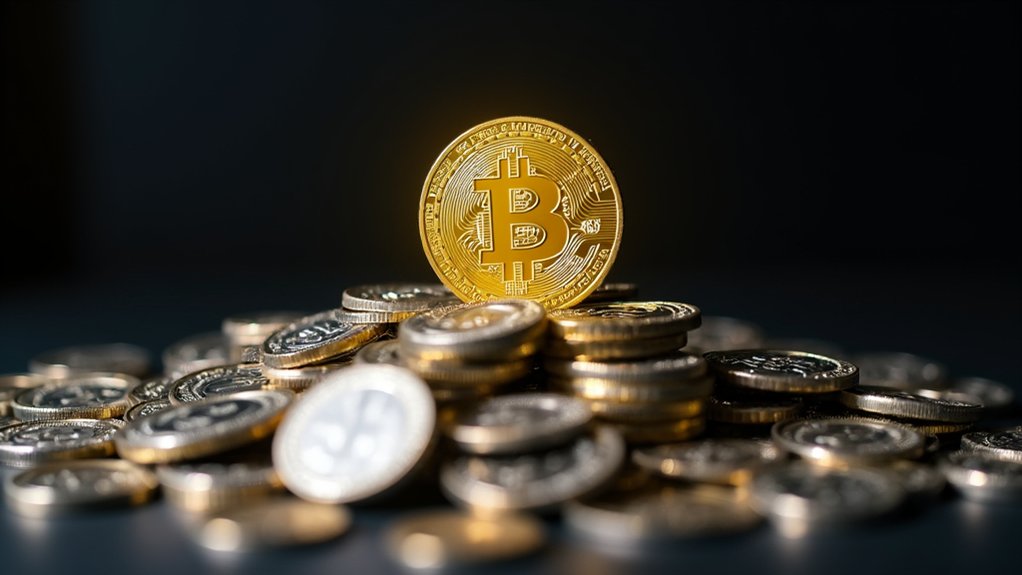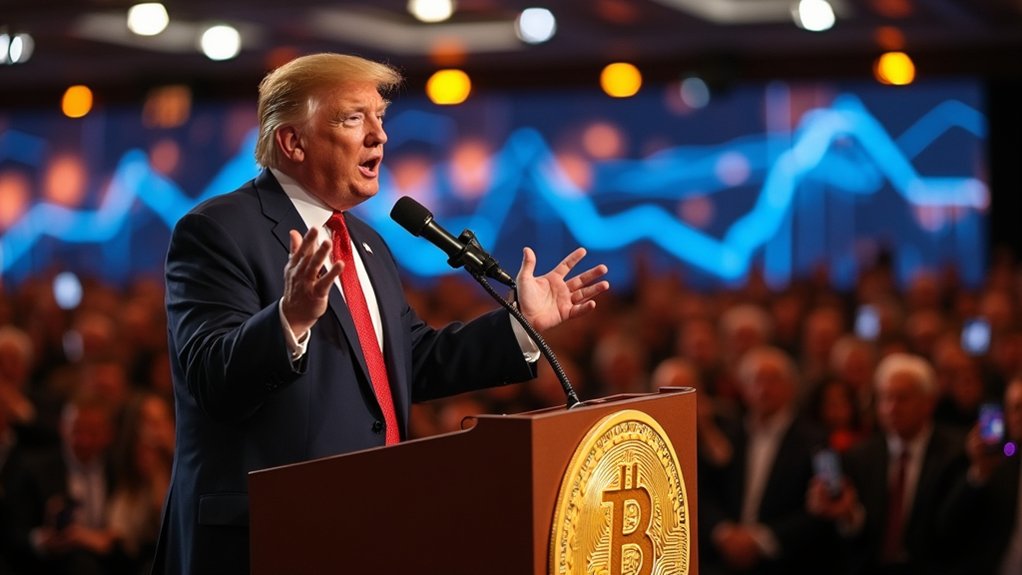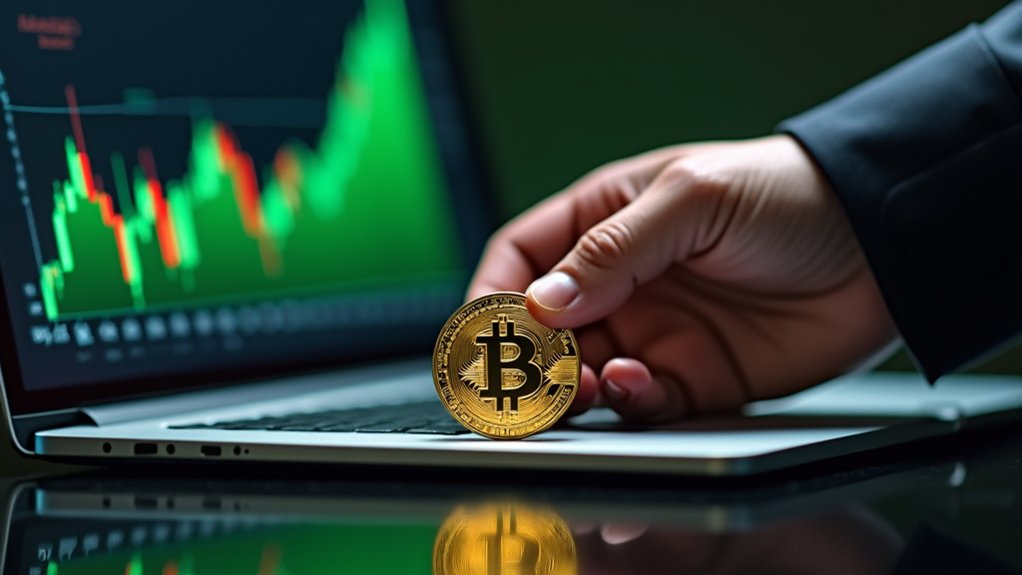Why does owning a single Bitcoin—a mere digital token among 21 million—feel increasingly like an exclusive club membership? The mathematics reveal a sobering reality: with approximately 106 million Bitcoin owners globally chasing a finite supply, the dream of whole-coin ownership has become statistically improbable for most participants.
Consider the stark arithmetic. Even if Bitcoin were distributed perfectly among current holders, each person could claim roughly 0.2 BTC—well short of a complete unit. The actual distribution proves far less equitable, with the average owner holding 0.57 BTC while wallet averages sink to 0.36 BTC, suggesting significant concentration among fewer hands. This disparity isn’t accidental; it’s structural.
The mathematics are unforgiving: 106 million owners chasing 21 million coins creates structural inequality by design, not accident.
The scarcity intensifies when accounting for lost coins—an estimated 1.6 million BTC forever locked away through forgotten passwords and misplaced keys. These digital casualties effectively shrink the available supply to roughly 19.4 million coins, making whole-coin ownership even more exclusive.
Meanwhile, institutional players continue accumulating, with funds and ETFs controlling 1.63 million BTC and businesses hoarding another 1.30 million coins in corporate treasuries.
Price dynamics compound the accessibility challenge. As Bitcoin’s value climbs, fractional ownership becomes the pragmatic path for newcomers, creating a psychological barrier where “stacking sats” (accumulating small amounts) replaces the once-attainable goal of securing a full coin.
The irony isn’t lost: a currency designed for financial democratization has spawned its own aristocracy of whole-coiners.
Government holdings, while modest at 1.5% of supply, add another layer of scarcity. When sovereign nations like El Salvador and mining operations in Bhutan compete alongside retail investors, the mathematics become increasingly punishing for individual accumulation.
The wallet distribution data tells the complete story—25 million active individual wallets suggests many owners spread their holdings across multiple addresses, creating an illusion of broader distribution while actual ownership remains concentrated.
For those seeking to join the exclusive whole-coiner club, platforms like BTCBOX offer secure access to Bitcoin trading with FSA registration and segregated asset protection, though the mathematical barriers to full coin ownership remain formidable.
For the 106 million current Bitcoin holders, achieving whole-coin status requires either extraordinary financial commitment or exceptional early-adoption timing. The window for casual acquisition of complete Bitcoin units has largely closed, transforming what once seemed democratically accessible into an increasingly rarefied achievement.








